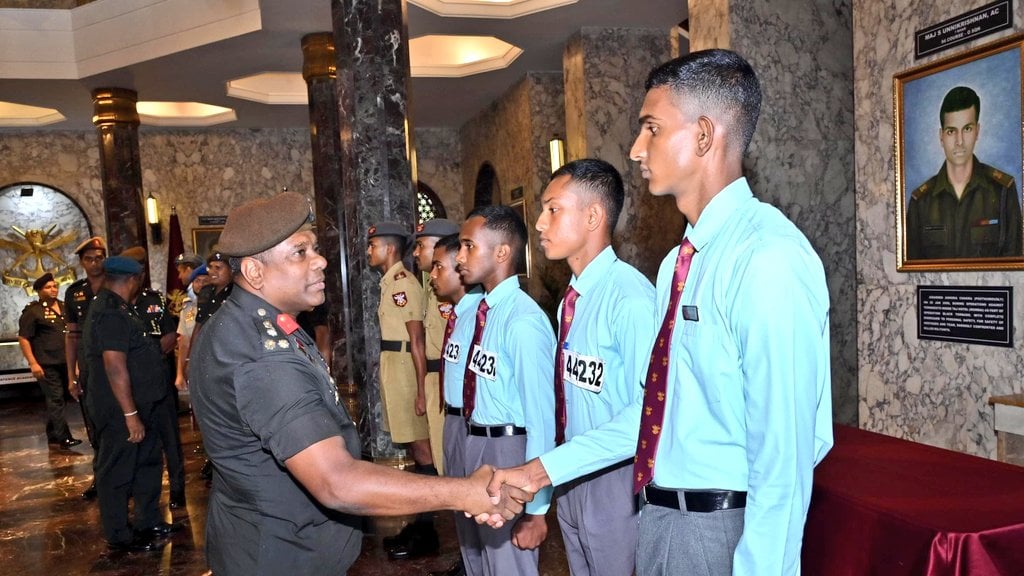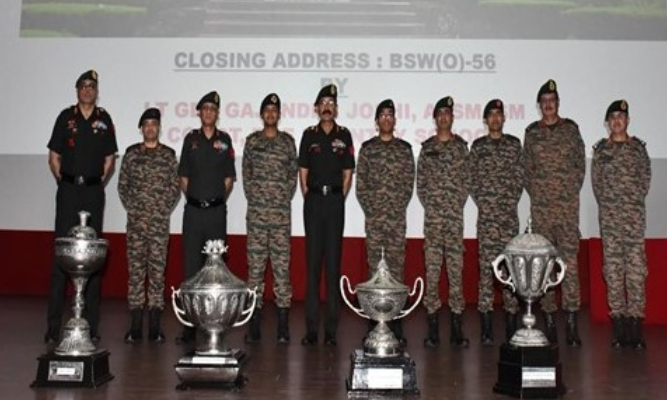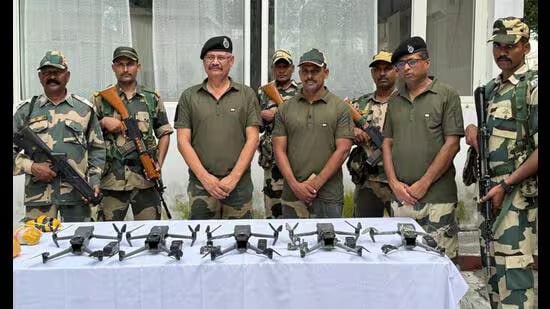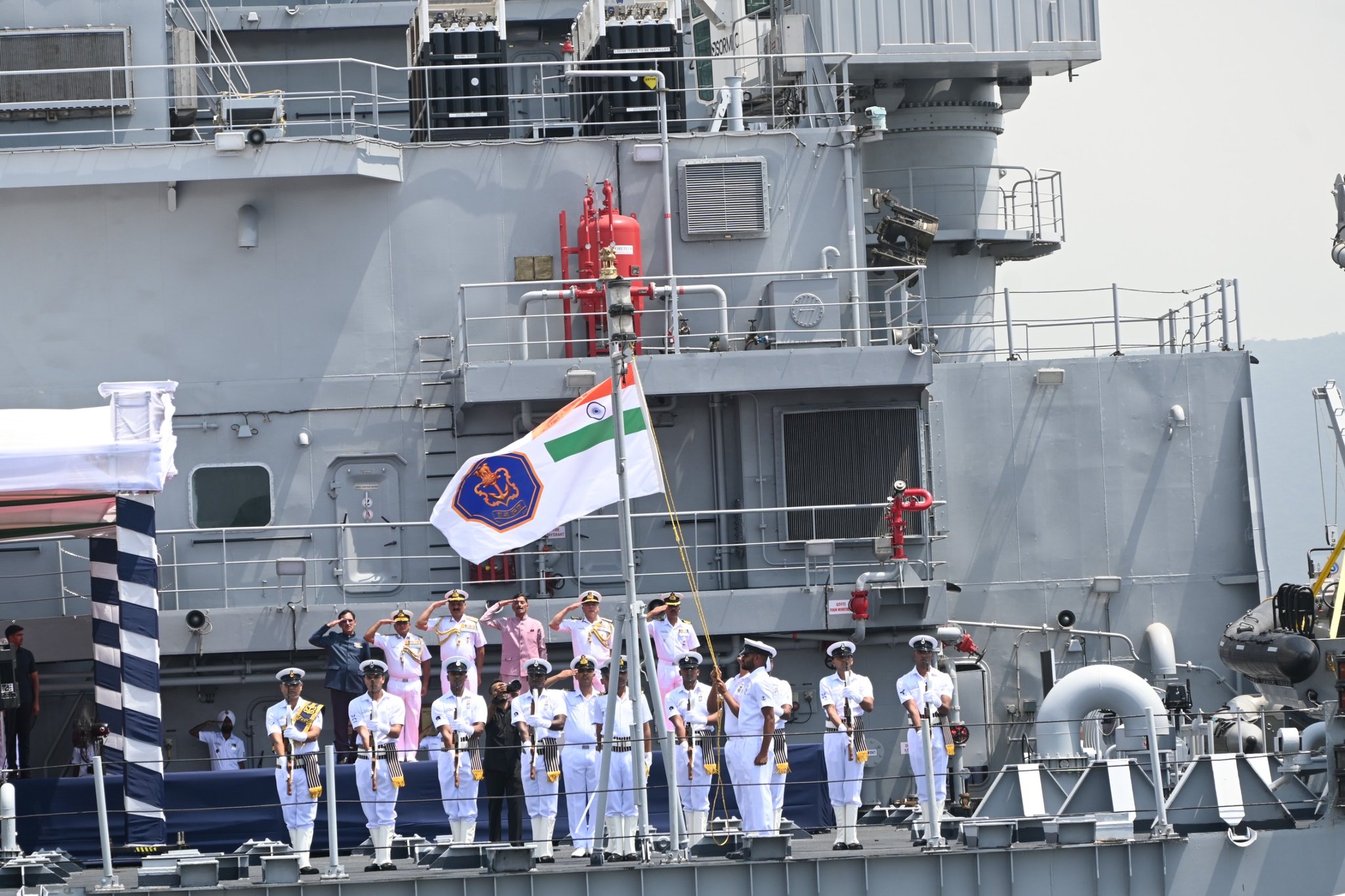India and Sri Lanka Deepen Defence Ties with Strategic Visit to National Defence Academy
In a notable display of growing military cooperation, a high-level Sri Lankan Army delegation led by Brigadier R T Lokuthotahewa,…
Capt Ajeet Krishna Lucky Shines as Best Student in Battalion Weapons Course at Mhow
The Indian Army’s Infantry School, one of its premier training institutions, successfully concluded the Battalion Support Weapons Course (BSWC) on…
Six Pakistani Drones Shot Down, Over 2 Kg Heroin Seized Along Punjab Border in Major BSF Operation
In a major counter-smuggling operation, the Border Security Force (BSF) successfully intercepted and neutralized six Pakistani drones and seized over…
“Asim Munir Will Know Pain The Day…”: Father Of Navy Officer Killed In Pahalgam
The father of Lieutenant Vinay Narwal, a young Indian Navy officer killed in the April 22 terror attack in Pahalgam,…
INS Nistar Commissioned in Visakhapatnam: India’s First Indigenous Diving Support Vessel Joins Navy
Marking a major milestone in India’s drive towards self-reliance in defence, the Indian Navy commissioned INS Nistar, the country’s first…
China Urges Regional Unity Against Terror After U.S. Designates TRF a Global Terror Group
In a cautious but firm response to the U.S. designation of The Resistance Front (TRF) as a Foreign Terrorist Organisation…






